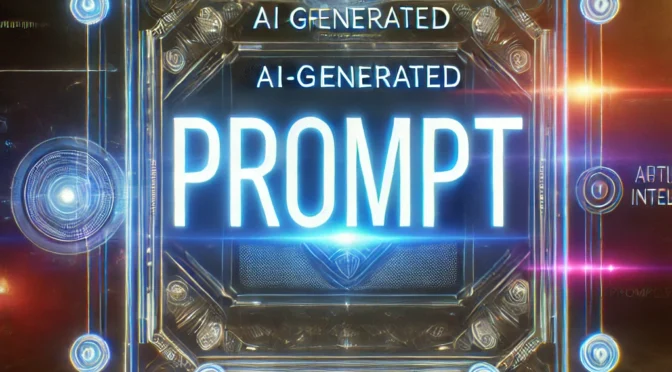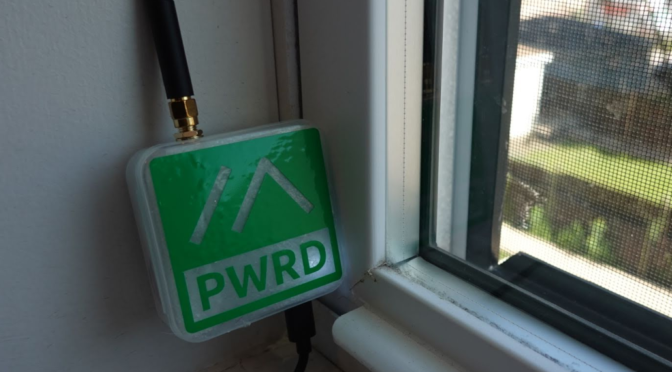The rise of Generative AI (GenAI) is reshaping industries, from healthcare to entertainment. With AI models like GPT-4, DALL-E, and Midjourney rapidly evolving, the ability to communicate effectively with these systems is now a valuable skill. This is where prompt engineering comes in. Understanding how to craft effective prompts can significantly enhance productivity, creativity, and problem-solving capabilities. Whether you are a student, a marketer, a researcher, or a business professional, mastering prompt engineering will set you apart in this AI-driven world.
What Is Prompt Engineering?
Prompt engineering is the practice of designing and refining inputs (prompts) to optimize the responses generated by AI models. It involves structuring queries strategically to achieve specific, high-quality outputs. As AI continues to permeate various fields, professionals, including medical doctors, software engineers, and content creators, must learn how to effectively communicate with AI systems.
The Generative AI Revolution
Artificial Intelligence has been evolving for decades, but the breakthrough of generative AI has been transformative. Unlike traditional AI, which focused on classification and pattern recognition, GenAI can create entirely new content, from text and images to music and videos. This revolution is driven by Large Language Models (LLMs) like OpenAI’s GPT-4, Google’s Bard, and Meta’s LLaMA, which leverage vast datasets and deep learning techniques.
These models operate using transformer architecture, introduced in Google’s landmark paper, Attention Is All You Need. With reinforcement learning from human feedback (RLHF) and zero-shot learning capabilities, GenAI can generate coherent and contextually relevant responses with minimal training.
Understanding Prompts: The Key to AI Communication
A prompt is a natural language input given to an AI model to elicit a specific response. In text-based models, prompts can range from simple questions to complex instructions. For example:
- Basic Prompt: “Who is the current President of the United States?”
- Instruction-Based Prompt: “Write a 500-word blog post about the importance of prompt engineering.”
- Data-Driven Prompt: “Given the following dataset on global warming trends, analyze and summarize the key findings.”
For image generation AI, a prompt might look like: “A futuristic cityscape at sunset, cyberpunk style, highly detailed, 4K resolution.”
Principles of Effective Prompt Engineering
To get the best results from AI models, consider the following best practices:
1. Be Clear and Specific
Vague prompts lead to vague responses. Provide explicit instructions to guide the AI’s output.
- Weak Prompt: “Tell me about space.”
- Strong Prompt: “Explain the significance of black holes in astrophysics and their role in the expansion of the universe.”
2. Use Structured Prompts
Breaking down a request into sections improves coherence and accuracy.
- Example: “Write a business plan with the following sections: Executive Summary, Market Analysis, Product Description, and Financial Projections.”
3. Provide Context and Examples
AI performs better when given context and references.
- Example: “Generate a motivational speech for a college graduation. Use an inspiring tone similar to Steve Jobs’ 2005 Stanford commencement address.”
4. Leverage Chain of Thought Prompting
Encourage the AI to follow a logical reasoning process to improve factual accuracy.
- Example: “What European soccer team won the Champions League the year Barcelona hosted the Olympic Games? Answer step by step.”
5. Control Output with Constraints
Guide the AI’s response with parameters like tone, length, and complexity.
- Example: “Summarize the latest AI trends in 200 words, using a professional and informative tone.”
Advanced Prompt Engineering Techniques
1. Zero-Shot, One-Shot, and Few-Shot Learning
- Zero-Shot: AI responds to new queries without prior examples.
- One-Shot: AI receives one example before responding.
- Few-Shot: AI is given multiple examples to refine its output.
2. Fact-Checking and Citation Enforcement
To reduce AI hallucinations, prompt it to cite sources.
- Example: “List the top three scientific discoveries by the Hubble Space Telescope and provide credible sources.”
3. Role-Based Prompts
You can assign roles to the AI to shape its responses.
- Example: “You are a financial analyst. Provide a market forecast for the next quarter based on current economic trends.”
4. Iterative Refinement
If the AI’s response is unsatisfactory, tweak the prompt and try again. Adding more details or restructuring queries often leads to improved results.
The Future of Prompt Engineering
As AI continues to evolve, prompt engineering will become a critical skill across industries. Future developments may include:
- Automated Prompt Optimization: AI-assisted refinement of user prompts.
- Multimodal Prompting: Combining text, images, and audio inputs.
- Ethical Prompt Engineering: Addressing biases and ensuring responsible AI usage.
Conclusion
Mastering prompt engineering is essential for anyone looking to maximize the benefits of generative AI. Whether crafting content, analyzing data, or solving complex problems, the ability to design effective prompts empowers users to harness AI’s full potential. By applying structured approaches and leveraging advanced techniques, individuals and organizations can unlock unprecedented levels of efficiency and creativity.
As AI becomes an integral part of daily life, learning how to talk to AI effectively is not just an advantage—it’s a necessity.
Have you tried any of these prompt techniques? Share your experience in the comments below and let us know what worked best for you!



